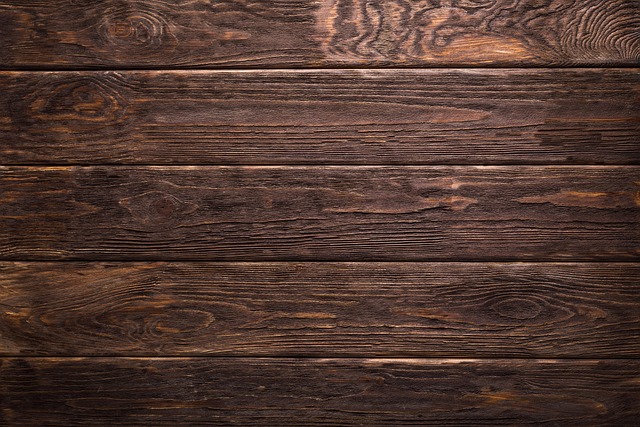In the world of photography, texture serves as a powerful tool to evoke emotion and invite engagement. Capturing texture not only enhances the aesthetic quality of your images but also conveys deeper narratives through layers of visual storytelling. When you look through your camera’s viewfinder, what you’re really doing is making a deliberate choice to highlight these layers of texture that surround us.
Textures can vary widely—from the rough bark of a tree to the delicate wrinkles of an old face. Each unique surface tells its own story, and when integrated effectively into your shots, they draw the viewer in. Utilizing the right optics can make all the difference; a macro lens, for instance, allows you to explore the intricate details often overlooked by the naked eye. Imagine filling the frame with the textured surface of a weathered wall, each crack and crevice representing a fragment of history.
Understanding how light interacts with different textures is vital. The subtleties of light and shadow can bring those surfaces to life, creating a depth that elicits tactile sensations from the viewer. The interplay between light and dark can accentuate the layered complexity of images, making them not just visually appealing but also deeply resonant. When you find the right moment to click the shutter, you’re not just capturing an image; you’re immortalizing the very essence of multiple layers that define that scene.
Besides technical mastery, the emotional resonance of textures in photography can evoke feelings of nostalgia, warmth, or even tension. Think about the comforting texture of a knitted blanket, or the stark, harsh feel of crumbling concrete. Each photograph can serve as an emotional canvas, inviting the viewer to explore their own connections and memories associated with those textures.
In the category of layers, it’s essential to consider how you compose your photographs. Look for contrasts and juxtapositions that can enhance the sense of texture within your image. Consider foreground and background elements—what lies behind the subject of your photo often adds additional layers of interest. A close-up of a weathered door can be juxtaposed with vibrant flowers in the foreground, creating a layered texture that captures both time and vitality.
Additionally, post-processing techniques can further enrich the textures in your photographs. Tools like sharpening, clarity adjustments, and even the use of black and white can emphasize the layers of texture in a whole new light. Your editing decisions can turn an already textured image into something that is even more compelling, making use of contrast and saturation to pull the viewer’s eye exactly where you want it.
The journey of exploring texture through your camera is one of endless discovery. Whether you’re photographing natural landscapes, architectural details, or intimate portraits, embracing the concept of layers can fundamentally alter your approach. As you experiment with different angles, lighting conditions, and focal lengths, consider how the textures you capture work together to tell a cohesive story. Remember, each layer not only adds complexity to your images but also the chance to evoke deeper emotions—so let’s get out there and embrace the textured journey waiting through the lens!



